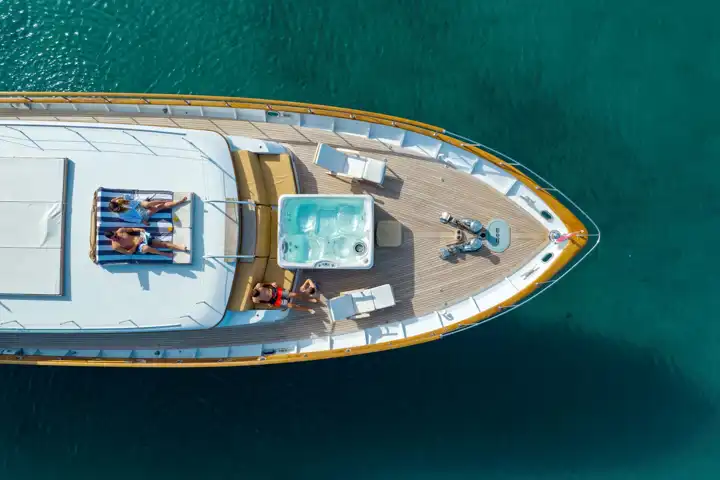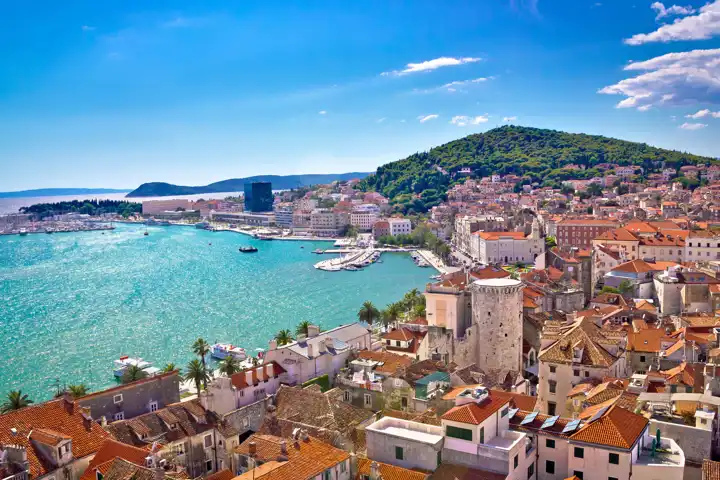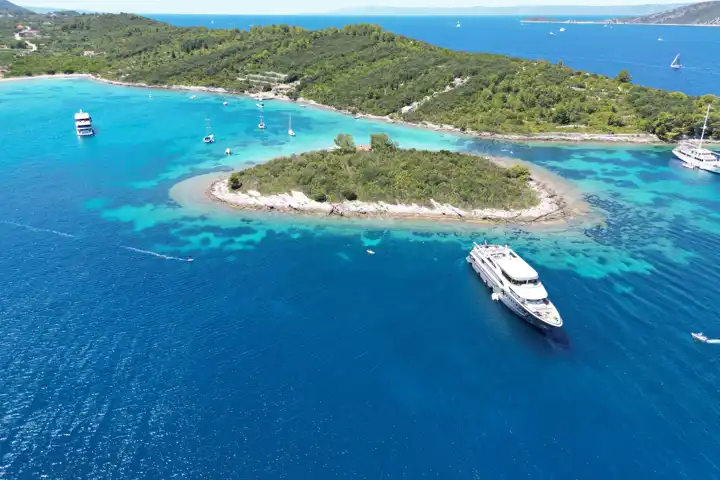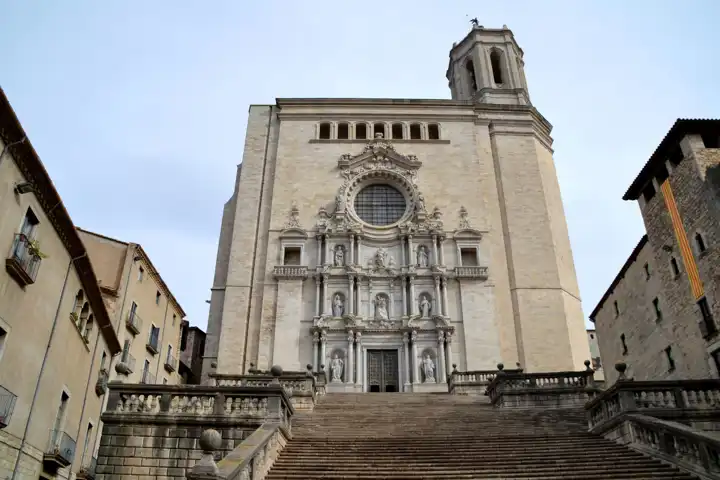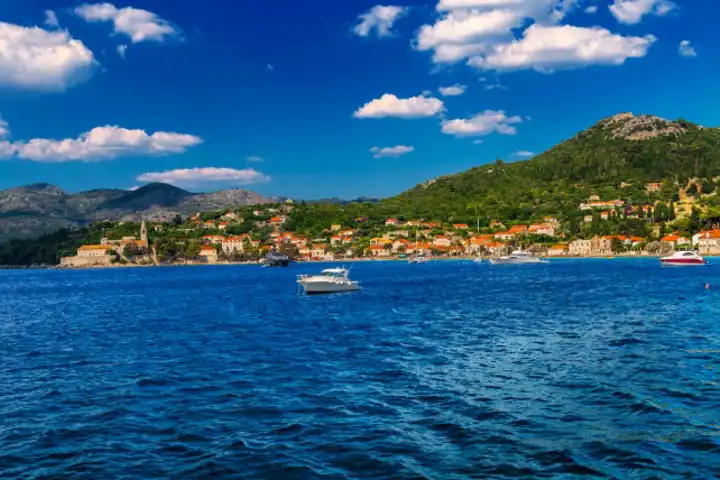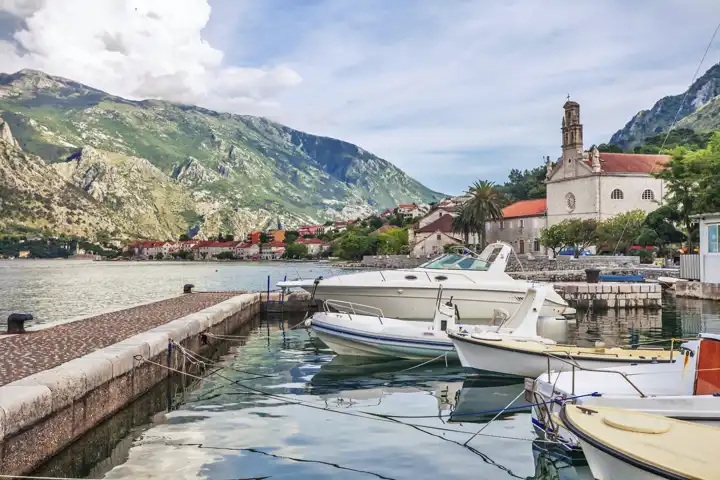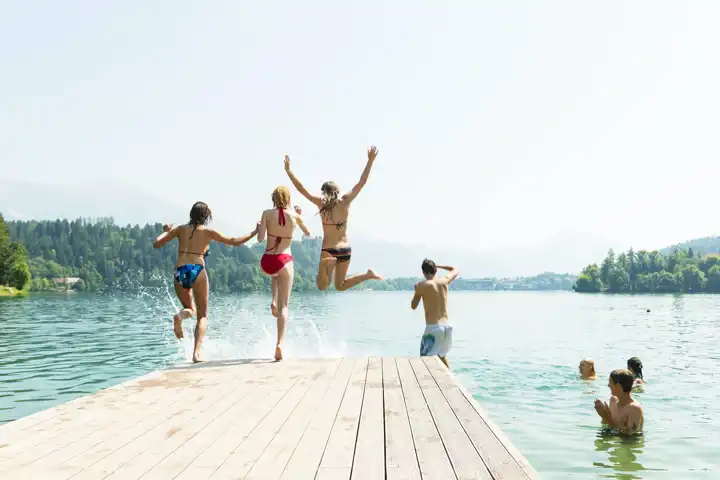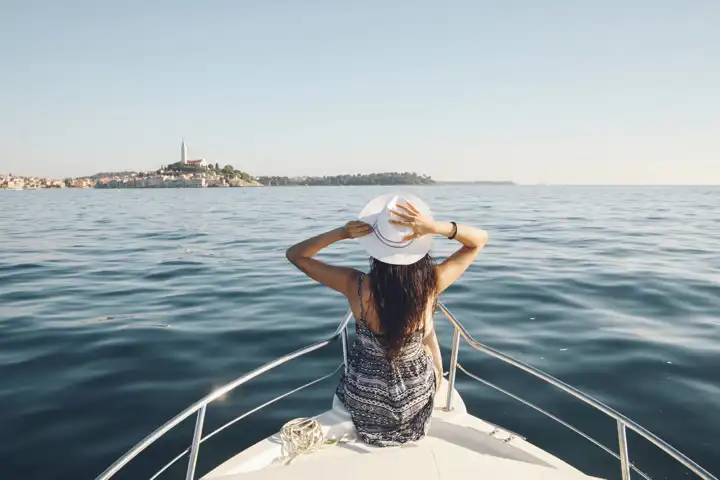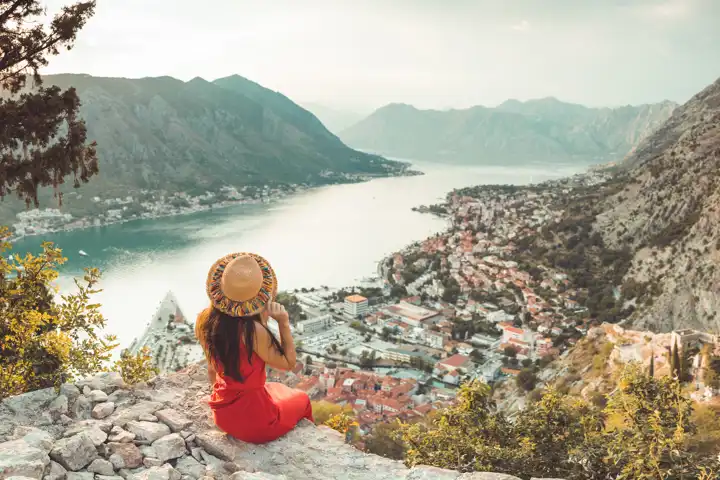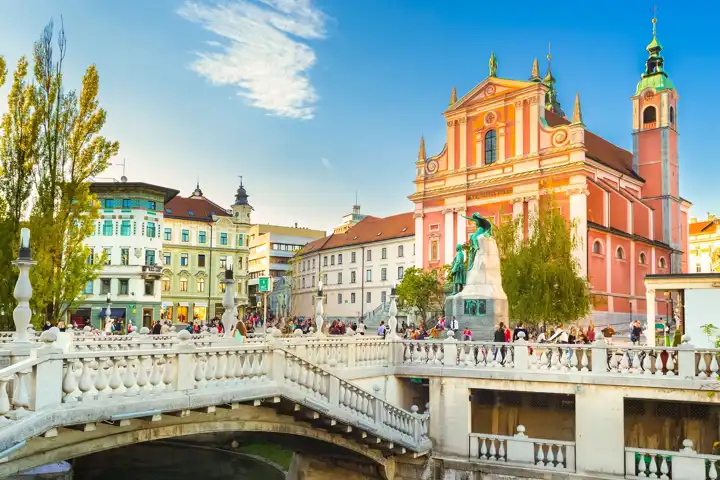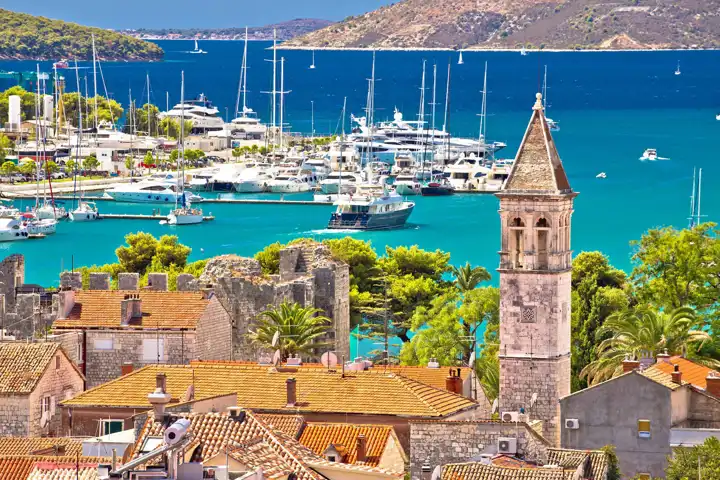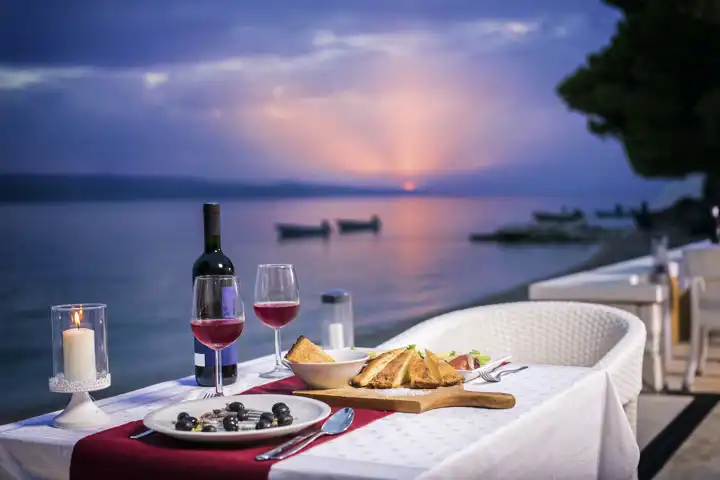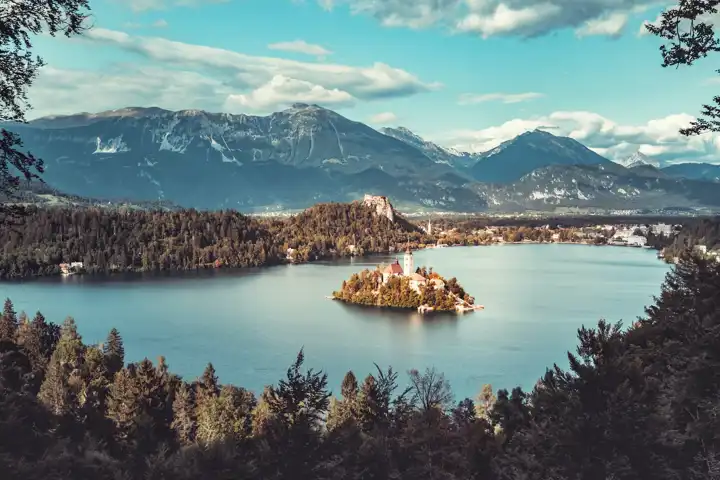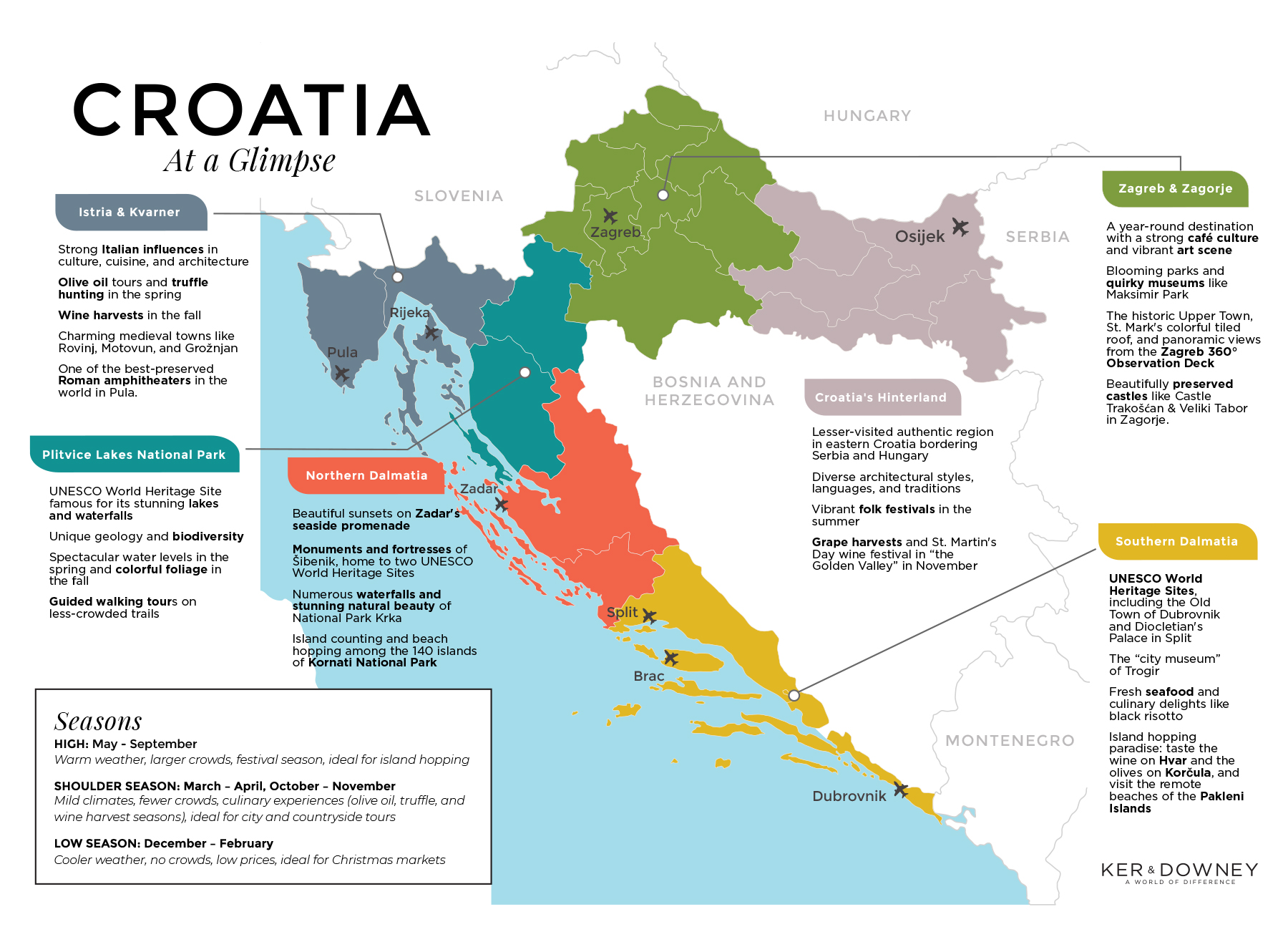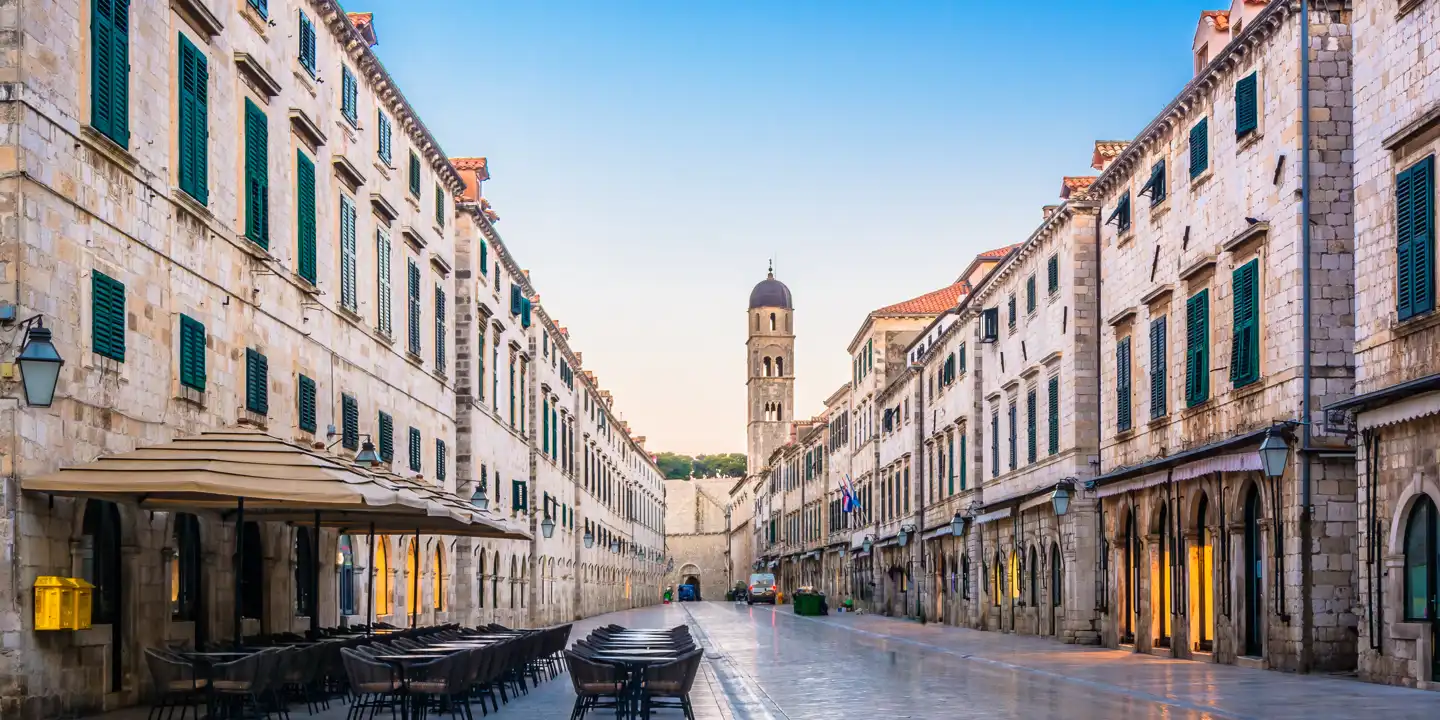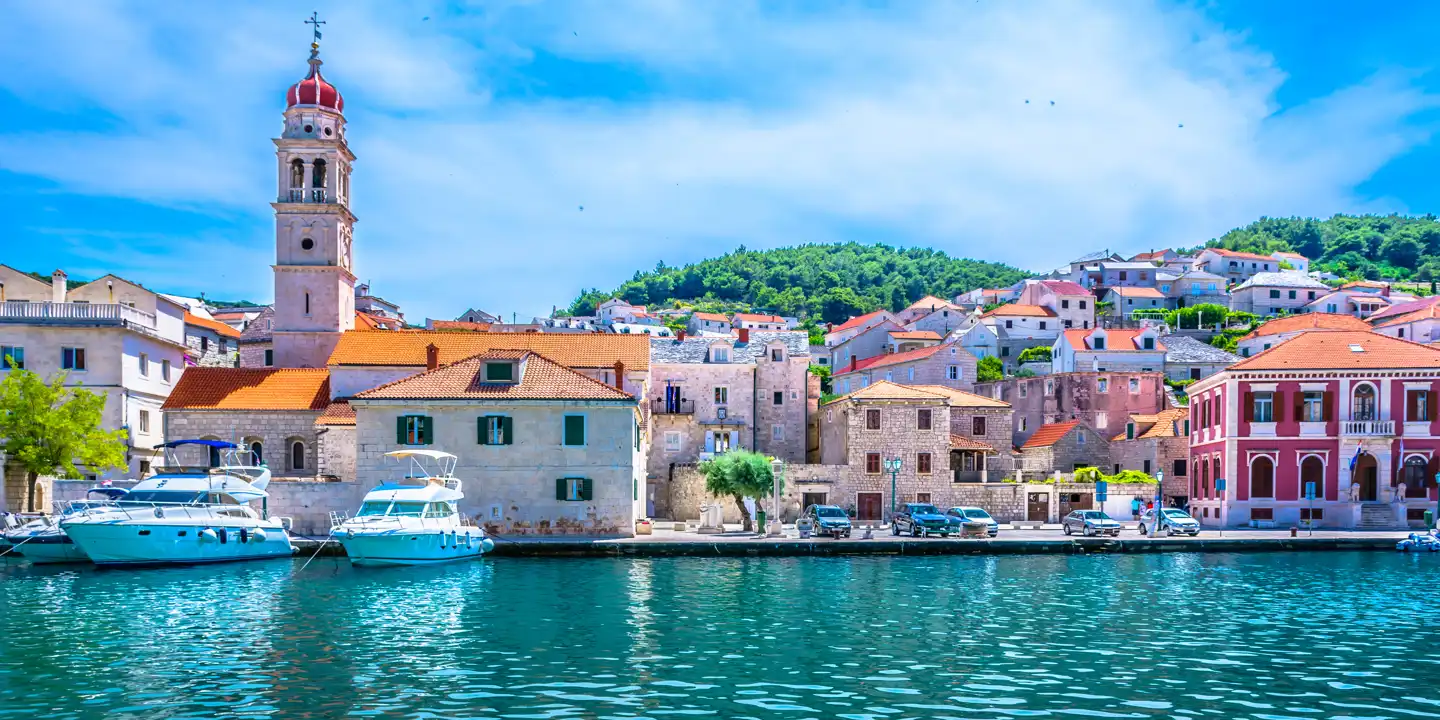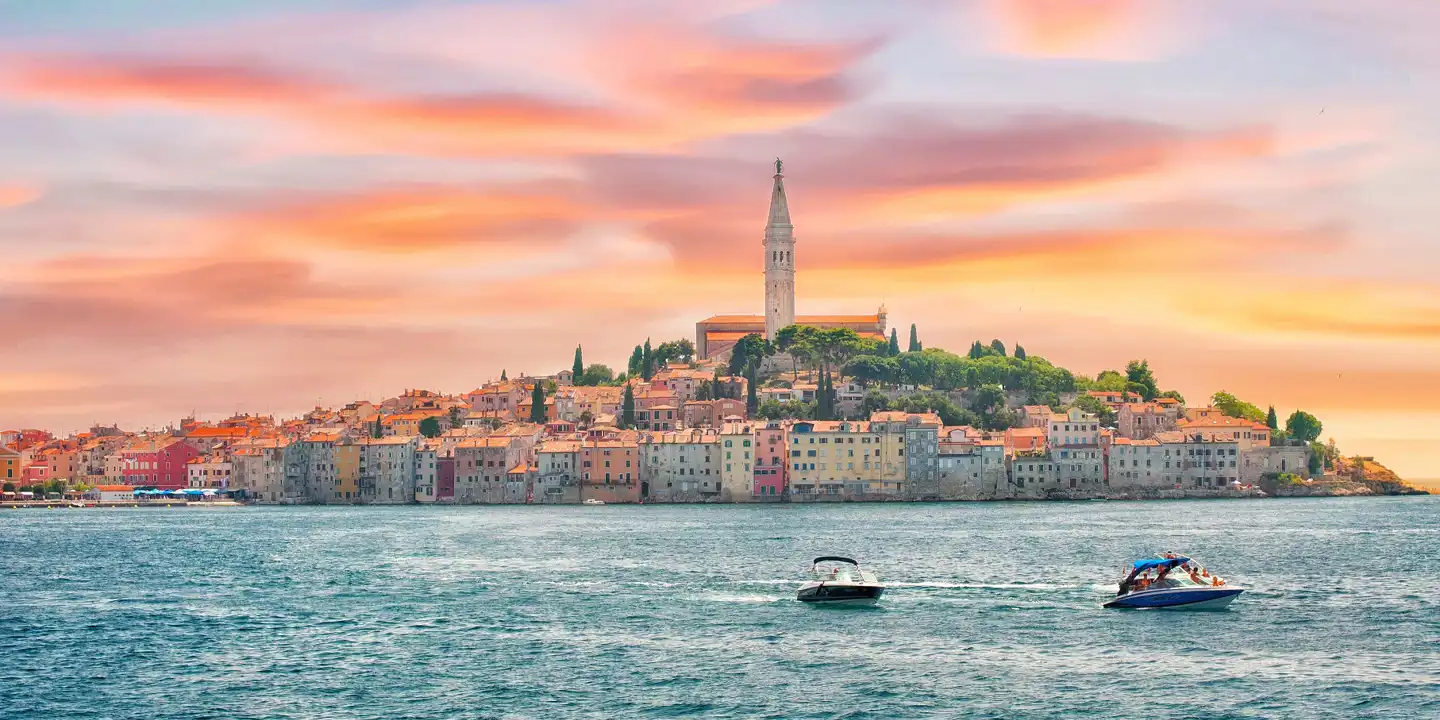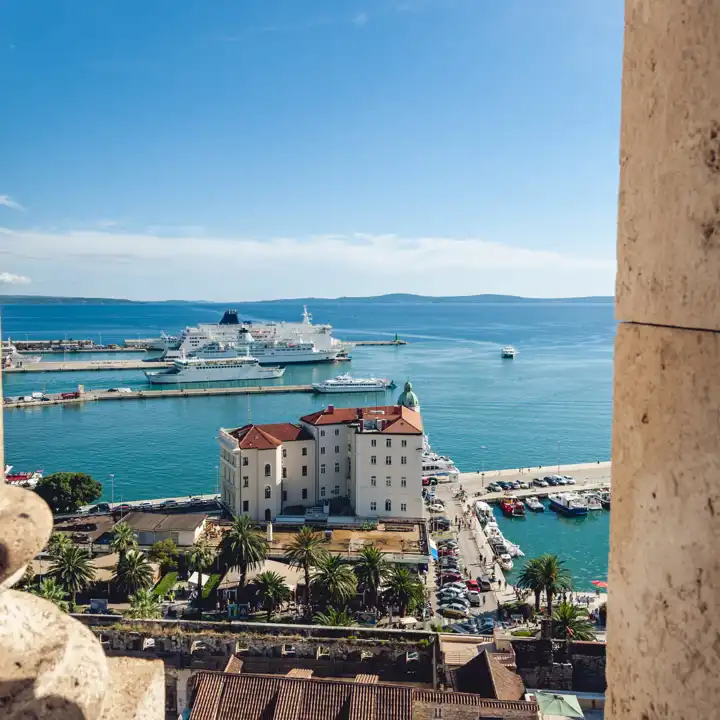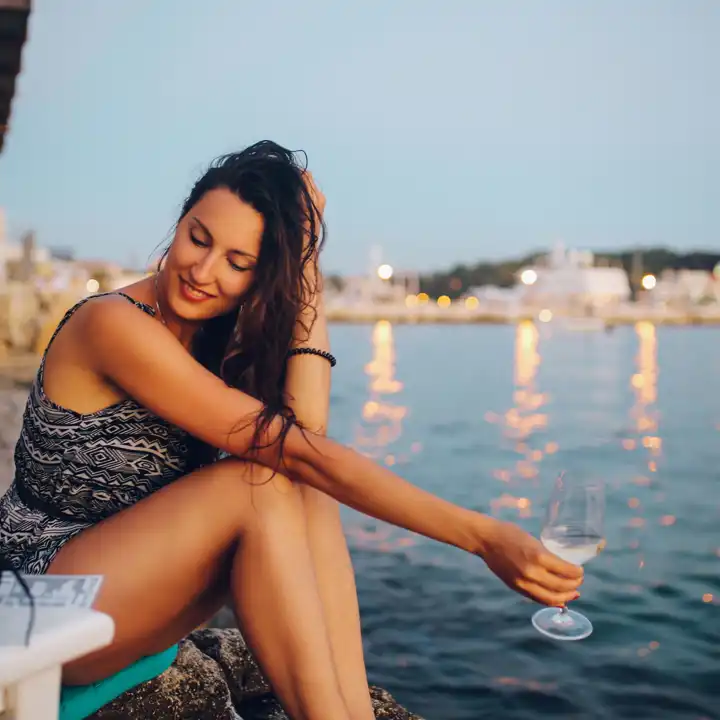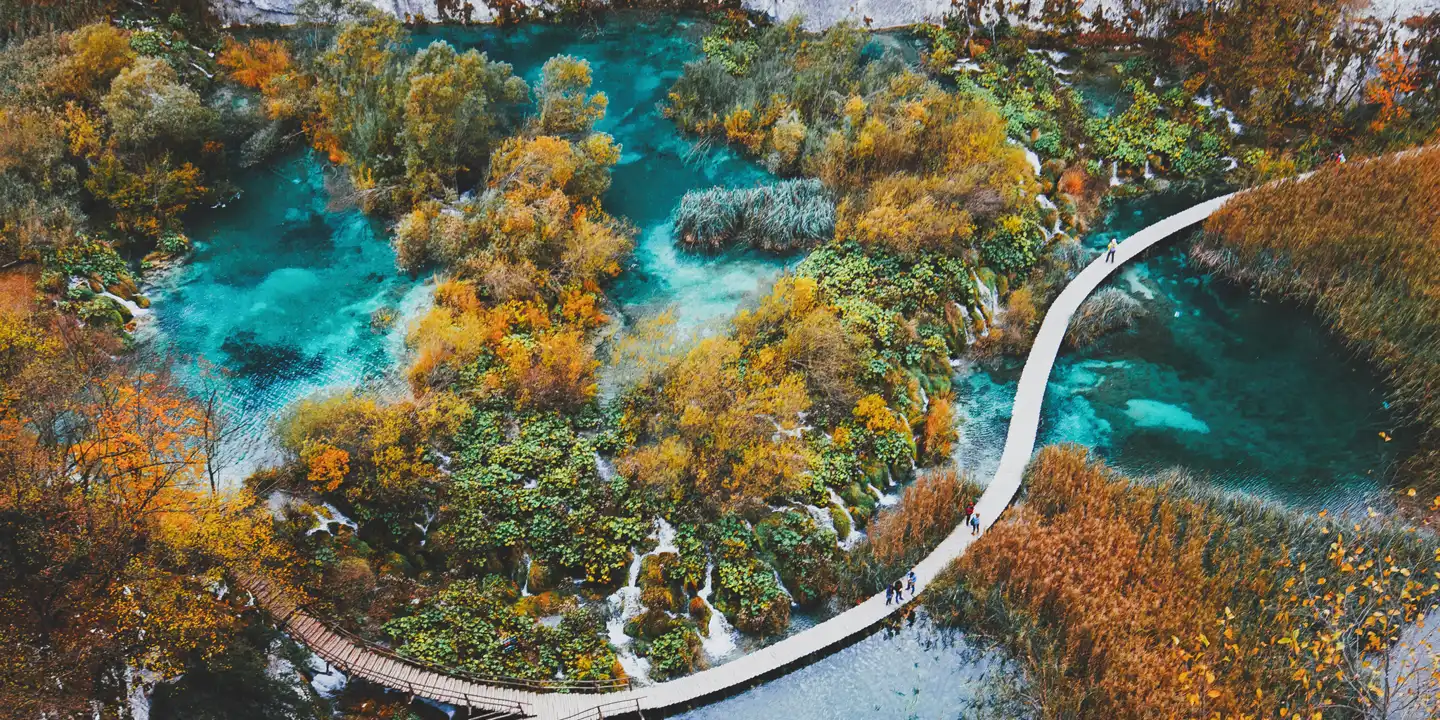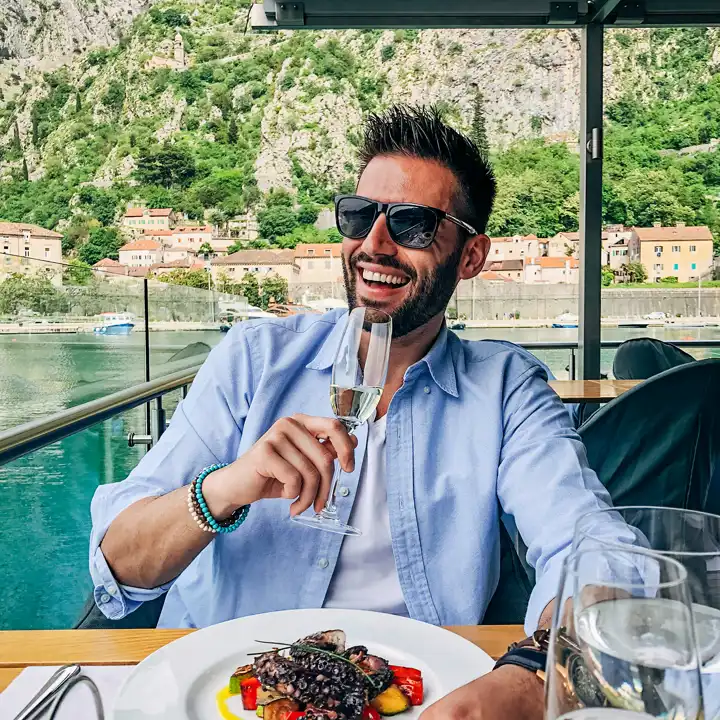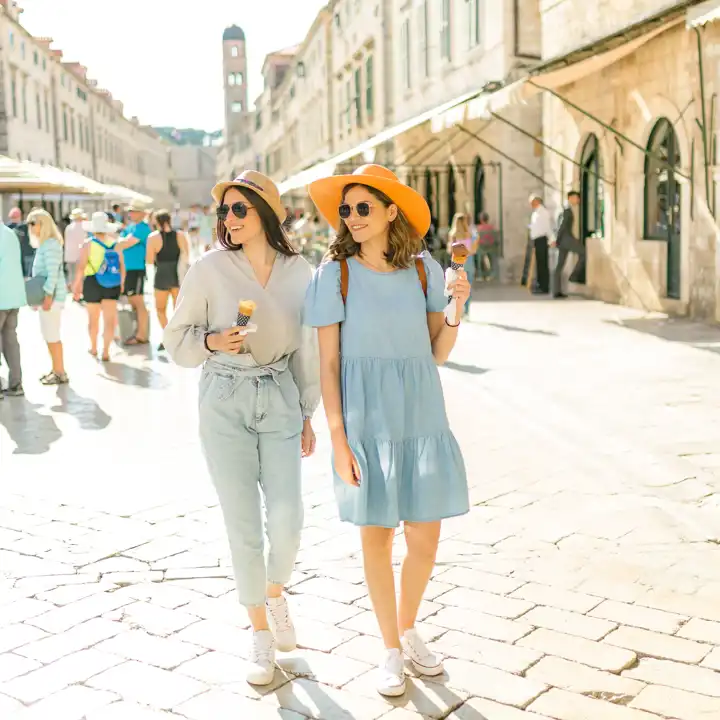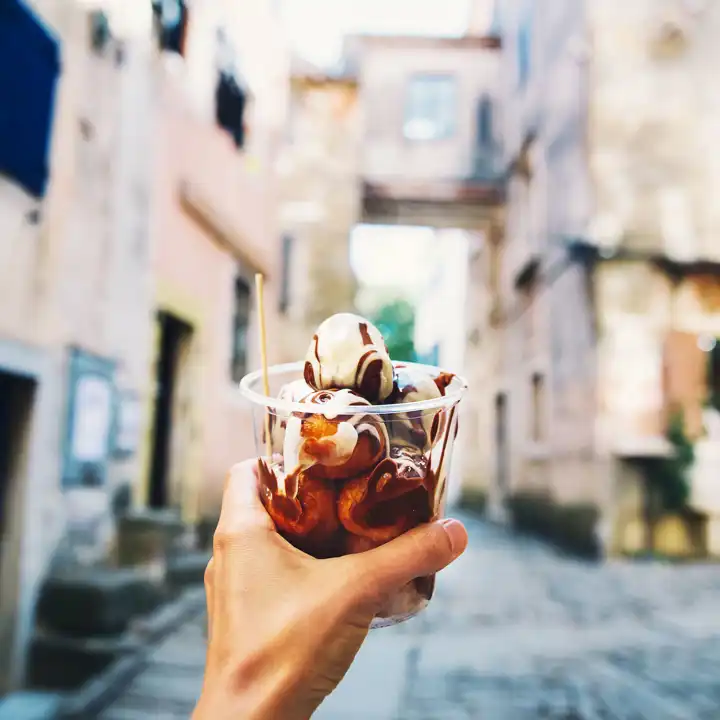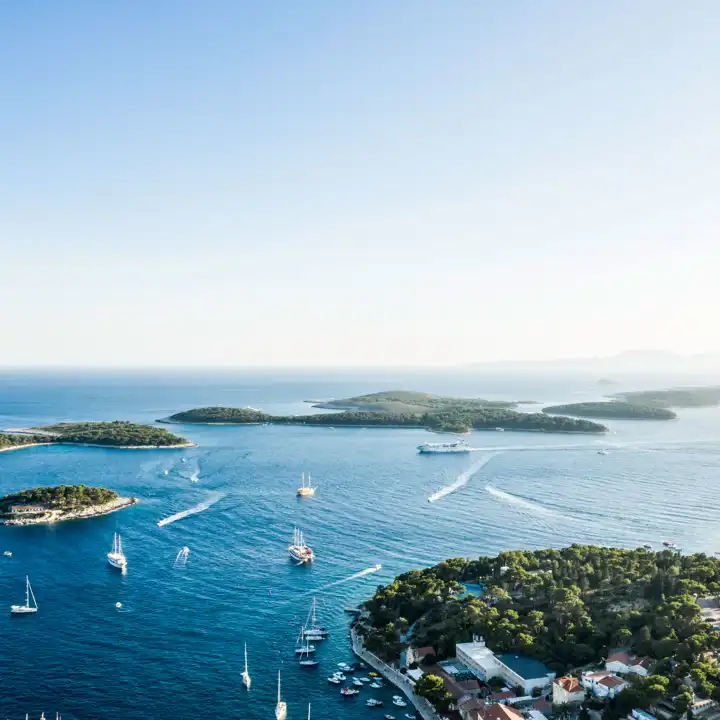Croatia
Walled Cities and Island-Dotted Coastlines
Croatia
Approximately the geographic size of West Virginia, Croatia is a small Adriatic country bursting with a collision of cultural influences. Within its walled cities and island-freckled coastlines exists a unique crossroads of culture. Balkan and Central European architecture and tradition collide. Indeed, they represent remnants of the various empires that have alternated ownership of this sovereign state. Learn more about Croatia luxury travel below.
Cities of Croatia
Croatia’s blend of cultural spheres is most evident in the Prague-like capital city of Zagreb. Additionally, the country’s crown jewel of Dubrovnik boasts a strange mix of Venetian palazzos, Napoleonic forts, Slavic churches, and Roman columns. Indeed, the city displays a captivating potpourri of structures.
Diverse Geography
The geography of Croatia is almost as diverse as its heritage. Inland, the rolling hills and fertile lands of the Pannonian Plain transform into the stunning Dinaric Alps. They then extend from Italy to Albania and hug much of the coastline. Within these limestone karsts are such wonders as Plitvice Lakes National Park, a UNESCO World Heritage Site. Indeed, it is so designated for its 16 picturesque lakes ranging in color from grey to mint green. Between them rests interconnecting dramatic waterfalls cascading over dolomite and limestone cliffs.
Island Paradises
The highlight for most visitors who book luxury Croatia travel, however, are the thousand-plus islands extending along the Adriatic Sea. Here, the healing power and natural beauty of islands such as Lošinj are legendary. Moreover, the delicacies and delights of such spots as Hvar and Korcula attract visitors from across the world.
UNESCO Heritage
Flaunting independence only since 1991, Croatia fought to secure its significance in the European Union. It has subsequently proved its worth. Indeed, Croatia holds 10 of UNESCO’s World’s intangible cultural masterpieces. It therefore surpasses every other country in Europe except Spain with which it is tied. Some of these masterpieces are as humble as the gingerbread craft, lacemaking, and Ojkanje singing. Meanwhile, others are as immense as the ancient old towns of its storied cities.
Luxury Croatia Travel with Ker & Downey
Contact the Ker & Downey experts to begin planning your custom luxury vacation to Croatia. In the meantime, read more about the seasonality and pricing in Southern Europe.

